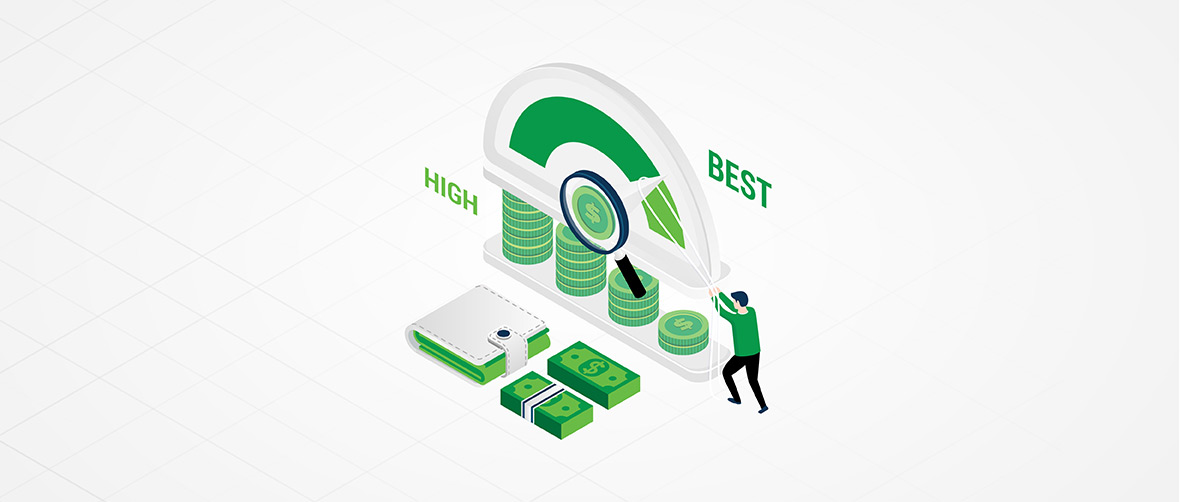The Best Guide To SaaS Pricing
18 Jul 2024

This guide is for you if you want to enhance and select the best pricing model for your SaaS (Software as a Service) business. We'll go over the benefits and drawbacks of this pricing model and help you decide which is best for your company. Since SaaS pricing models can be complicated, we'll also go over the most common pricing models and how they work.
To make SaaS pricing more understandable, we will describe and investigate the three most important components of a successful SaaS pricing strategy:
Pricing models
Freemium
Strategies and techniques
Why Is Pricing Crucial In SaaS Business?
Pricing your services and offerings correctly is especially important in the SaaS industry. If you set your prices too high, you will lose potential customers. You will only be able to sustain your business if you set your prices at comparatively higher rates. You must strike the right balance between meeting your customers' needs and making a profit.
Pricing is critical in the SaaS industry because customers have numerous options. They have a variety of providers to choose from, so you must be competitive. You must charge a reasonable price that meets the needs of your customers while also allowing you to make a profit.
SaaS Pricing Models
Let's learn everything there is to know about the various SaaS pricing schemes.
Fixed-rate Price
It's the simplest method because you only have one product, one set of characteristics, and one price. It is very similar to the software licensing framework that existed prior to the advent of cloud computing, but with the added benefit of the monthly payment.
Price Based On Usage
It directly links the price of a SaaS offering to its usage: if you use more solutions, your payment increases. If you use less, your total price decreases.
Tiered Price
The first two approaches are relatively uncommon in popular SaaS enterprises, and most of them use this approach. Essentially, it enables businesses to offer a variety of "packages" with various feature configurations available at various prices.
Cost Per User
This is probably the most popular method. Each customer is charged a set monthly fee, add one more user, and the cost doubles. When you add a third, the cost per month triples.
Cost Per Active User
Often, a new client will pay for dozens of employees in advance, with no guarantee that these employees will use the technology. This pricing model addresses this issue by ensuring that Actual billing only applies to active users.
Freemium
For a wide range of reasons, the freemium model is growing rapidly in the SaaS industry. For starters, it enables users to evaluate a product before committing to a paid subscription. This can help convert prospective customers into paying subscribers. Second, the freemium model can generate leads for a business by allowing potential customers to learn more about a product or service. Finally, the freemium model can assist a company in establishing a loyal user base that is more likely to recommend the product to others.
Pricing Strategies For SaaS
Penetration
It is a price reduction strategy that allows you to quickly gain popularity among your target audience by temporarily lowering prices and compensating for this in the future by increasing sales on better terms.
Prestige
It is the practice of keeping costs high in order to maintain a sense of quality, uniqueness, or luxury. Businesses can retain a small clientele of valuable customers by employing this strategy; those who would most likely abandon the product if costs were reduced.
Trial period
It is the foundation of pricing strategies: by making a product free for a limited time, you provide quick access to it. Clients can try your product for free and profit from it throughout the trial period.
In Conclusion
Finally, the pricing of SaaS apps is critical because it creates value. If the customer dislikes the product, he or she will not pay. In a flat-rate price, the customer pays a set amount for a specific period of time. The customer pays a fixed amount for a fixed period in monthly subscription-based pricing. Small businesses are the most likely to use flat-rate pricing for SaaS applications. On the contrary, large corporations are the most likely to use subscription-based pricing.